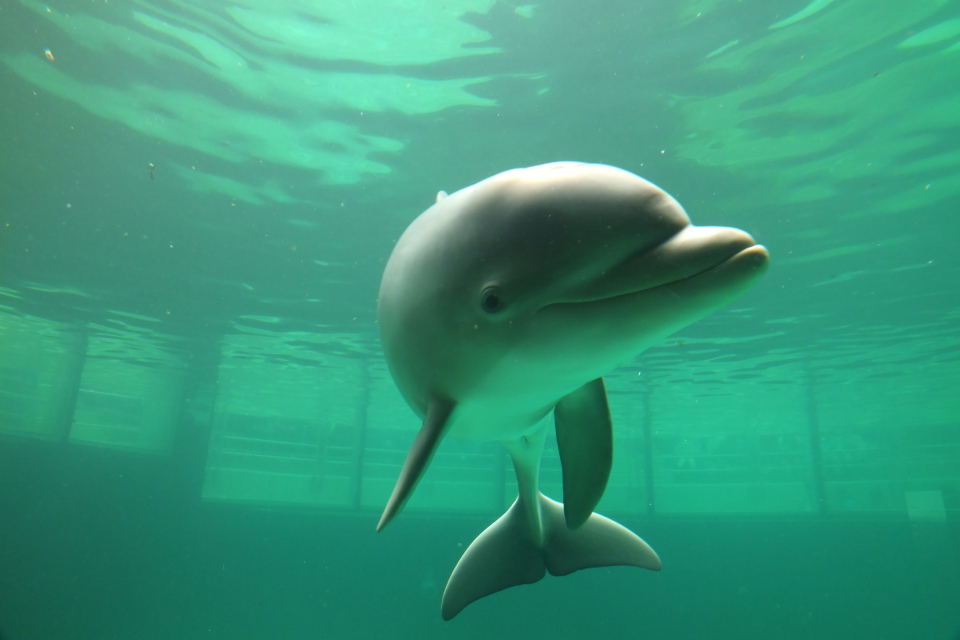Nowadays the breeding of endangered species is one of the most important tasks of zoological gardens. For this, a global network all around the world was established. Zoo organizations provide databases on the stock and genetic specifications of the animals. With the International Species Information System (ISIS) [now: Species360], zoos worldwide coordinate their breeding efforts in order to avoid inbreeding.
There also exist coordinated species protection programs for zoos in various regions of the world, such as EAZA’s European Endangered Species Program (EEP) . Within this program, each zoo is responsible for a different animal species, for which the corresponding Studbooks are kept, so that ancestors, offspring and their whereabouts can be precisely determined.
Sometimes even animals must die
This system ensures the necessary genetic diversity. Unfortunately, does this also lead to circumstances in which animals are killed for not being suitable for further breeding. In 2014 public controversies sparked, when it became public knowledge that a giraffe, not suitable for the breeding program, was killed in Copenhagen Zoo and publicly dissected. The young giraffe could no longer live together with his father in the same enclosure due to his constant attacks. Neither was he suitable for a breeding program, as he was related to too many other zoo giraffes. The killing of such animals that are unsuitable for breeding, appears cruel. However, it is a common method to avoid inbreeding and enables the best husbandry conditions for the other animals.
